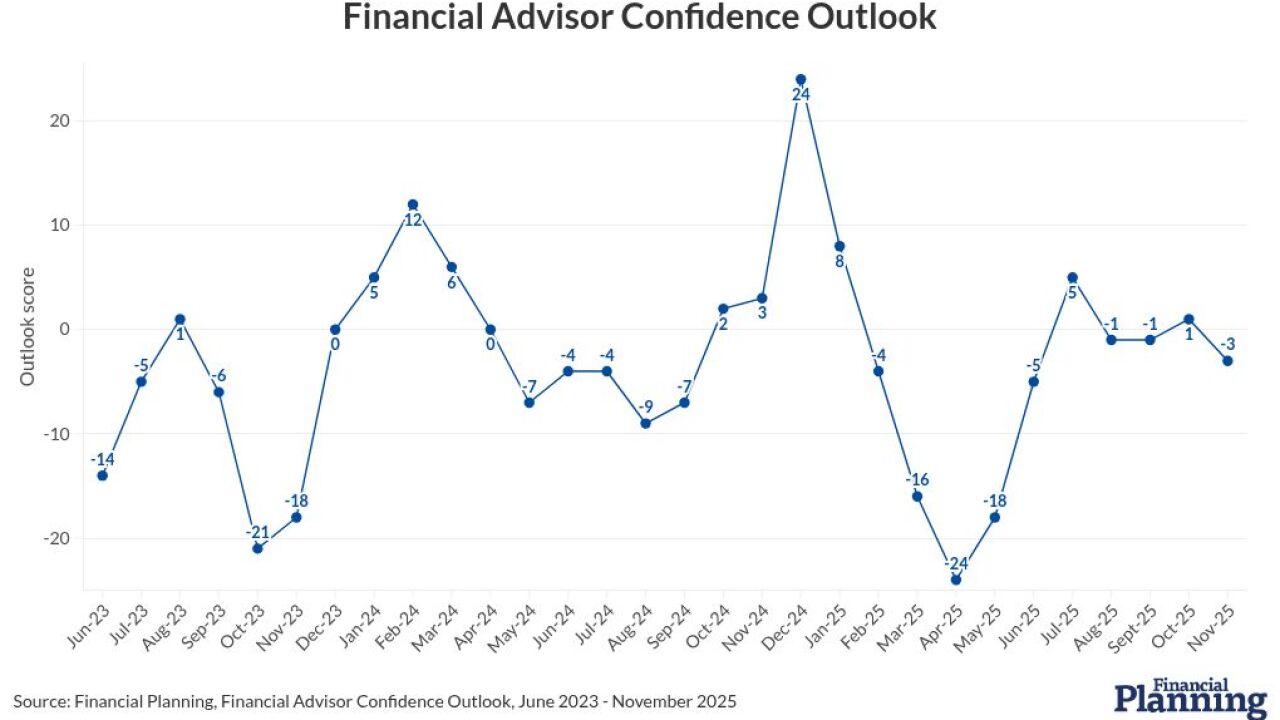Recently my 37-year-old son, father of a precocious two-year-old boy, asked me how to motivate my grandson to get into Harvard! After the initial shock of such an audacious question, I realized his inquiry was more realistic than I first thought: How and why do we motivate anyone to do anything today?
A key role of financial planners is to motivate others, so the answers to these questions have profound implications-and deep rewards-for us. Much has been written on what motivates people. But the critical question for planners and managers is how do we develop the framework to help motivate our clients and staff in the right direction? The five important elements in this framework are developing the right culture, allocating the resources correctly, avoiding the marginal cost mistakes, creating the long-term strategy and realizing the right rewards.
GOT CULTURE?
In past columns I've mentioned specific ways to motivate others: creating a sense of urgency (September and November 2009); developing a collegial culture (July 2006); working with younger professionals (May 2008); and using behavioral "power tools" to align staff thinking (July 2007). I've also discussed how our firm is accomplishing these things.
Today your people think along two major lines. First, what do they want from the organization? Second, do they believe and agree their actions will produce the desired results for the firm? When there is little agreement or alignment along those two axes, you need more "power tools," starting with assertive behavior in defining what must be done and how, and implementation of specific rewards/punishments for acceptable/unacceptable behavior.
If the results of working together in ways you've mandated beget success, a consensus begins to form. Organization experts describe this process as the mechanism through which corporate culture is built. As this happens, people stop thinking about whether their way of doing things is right. They follow procedures and processes by instinct rather than by decision. Corporate culture defines the proven, acceptable methods for people to solve problems and sets the priorities for problem-solving.
This pattern is familiar to parents. In the early years, the easiest tools to wield are the power tools of direct punishment and reward for behaviors. For too many, however, a time comes near the teenage years when these tools lose their effectiveness and parents realize they should have developed a culture at home early on where children instinctively behave respectfully to one another, obey parents and other authorities and chose the right things to do.
The same is true for your company. As your staff matures in the right culture, it allows for creative behavior bounded by the priorities you've established and operates with respect for others and their opinions. Get it right and you're good to go. Get it wrong and you've lost.
A quick detour down Motivation Lane: Frederick Hertzberg's landmark study in his 1959 book, The Motivation to Work, found the factors causing job satisfaction were different from the factors leading to job satisfaction. In short, to increase satisfaction-and thus motivation-you have to focus on the nature of the work: responsibility, recognition, growth, promotion and challenge. To reduce dissatisfaction, focus on the job environment: policies, procedures, supervision, working conditions, pay, benefits and job security, rather than culture.
RESOURCE ALLOCATION
When looking at alternative ways to grow a company or develop new business, many business owners ignore sunk costs (unrecoverable past expenditures) and look at the marginal cost and benefit of each alternative. This often causes resources to be allocated to short-term outcomes, to the detriment of long-term strategies. This sort of business decision-making can lead to trouble. Similarly, a parent's microscopic singular focus on managing a young child's short-term behavior can lead to disastrous consequences as the child grows up.
As planners, we are focused on seeing clients, completing a speech, developing an analysis, closing a sale, getting paid and growing our revenue base. With all those demands, it's easy to be consumed by the tyranny of the urgent and neglect important long-term goals.
History is replete with the carcasses of once-mighty corporations whose death came from a predisposition toward instant earnings gratification or sales volume, rather than long-term business growth and survival. It's even a greater death sentence for tiny firms like ours.
MARGINAL COST ERRORS
Speaking of marginal cost, it always appears to be relatively small when compared with the big project or the overall deal. Well, marginal cost analysis only works if the future is like the past, and all costs and benefits stay the same. That's not reality. We know as planners the future will be different, so assume that the same cost/benefit structure going forward is wrong. So what does this have to do with motivation and deep rewards?
No one I know ever set out to get divorced, be a drug addict, an alcoholic or end up in jail. However, a huge number of seemingly small, innocuous decisions are made using flawed "marginal cost" logic. Comments like: "It's okay, it won't hurt me just this once," and "As a general rule, I know the company should do this, but in this case we'll make an exception." The thought process behind these decisions can lead to terrible outcomes.
The initial cost of deviation seems alluringly low, and it suckers you in. It might motivate you, but it leads down the wrong path with the huge consequential costs. So be very careful when making marginal cost decisions in business and life, and don't get motivated in the wrong direction.
LIFE STRATEGY, DEEP REWARDS
Our firm's vision is "a 100-year firm." This has helped us develop strategies to put the right culture in place and allocate resources for short- and long-term projects. It keeps our decisions focused by making us ask, "Will this particular activity help assure the longevity of the firm and strengthen the relationships with our clients?"
When I started in the industry almost 30 years ago, however, I didn't have a long-term viewpoint or strategy. I was strictly in survival mode working day and night to develop sales and income.
Within three years, however, I saw a need to lengthen my focus and think about what I wanted out of my career and life. I've reflected deeply on this since then, and it became clear what's important to me is helping others. While not everything I've done has turned out perfectly, my choice of profession, and the activities of our firm and my life in general continue to evolve around the goal of helping others.
People with a high need for achievement-which includes me and many readers of this column-unconsciously allocate their time to activities yielding tangible results-getting a book published or holding a seminar, getting promoted or recognized, closing the sale or bringing in new clients or employees. In contrast, investing time in building relationships with a spouse, family, colleagues or clients may not offer the same immediate rewards or sense of achievement.
Even so, as a parent of five, grandparent of four, financial counselor to hundreds and mentor to dozens of professionals over the decades, I can assure you there is a deeper reward. In a few years, when you've motivated others using the five keys I've mentioned, you'll look back and say, "I raised a great kid," or "I helped many young professionals start a good career," or "I made a huge positive impact in the lives of many clients," or even "Look at our successful new graduate from Harvard!"
Glenn G. Kautt, MBA, CFP, EA, AIFA, is chairman of The Monitor Group. You can reach him at kautt@themonitorgroup.com.





